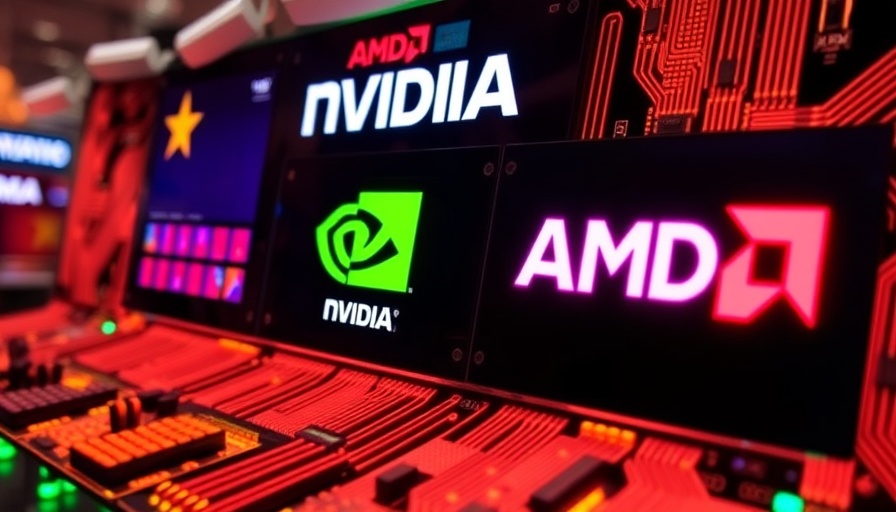
Nvidia and AMD’s Contributing Role in US-China Chip Trade
In a significant shift in the semiconductor landscape, major players Nvidia and AMD are set to pay 15% of their chip sale revenues in China to the US government. This requirement marks a pivotal moment in the ongoing trade relations between the United States and China, particularly impacting the technology sector reliant on semiconductor technologies. As these two tech giants navigate the implications of this move, the inflection points may signal broader trends affecting the entire Bay Area economy.
Understanding the Impact on Tech Industry Trends
The decision comes amid ongoing tensions between two of the world’s largest economies, compelling both Nvidia and AMD to reconsider their operational strategies in the Asia-Pacific region. For Silicon Valley startups and established tech firms alike, this development could reshape how businesses approach their international sales and strategic partnerships, informing future venture capital funding decisions.
Broadening Perspectives: Balancing Risks and Opportunities
The implications of this tax may lead to increased operational costs for these companies, potentially driving up prices for consumers and consequently affecting market dynamics. On the other hand, it could foster innovation and domestic investment, which might benefit the Bay Area's startup ecosystem. As firms adapt to these changes, the balance between risks and opportunities will likely influence corporate growth strategies and technology advancement.
Corporate Social Responsibility: The Emerging Narrative
As these companies adjust to the financial implications of the new taxation, they also face public scrutiny over their corporate social responsibility (CSR) initiatives. How they utilize the additional funds—whether to enhance employee benefits, improve sustainability practices, or invest in community projects—will be closely watched by stakeholders. This trend not only embraces a commitment to responsible business practices but can also influence future corporate governance standards across the tech industry.
Market Analysis: The New Norm in Chip Sales
This tax by the US government is not an isolated decision; it reflects a more significant strategic shift within US business regulations aimed at protecting domestic interests. As the semiconductor market evolves, there could be increased focus on transparency and accountability in international dealings, impacting how state and federal bodies govern local businesses. The relationship between employment trends and tech sales in both nations could yield critical insights for both analysts and entrepreneurs.
Future Predictions: Navigating Changes in Global Trade
Looking ahead, the ripple effects of these policies are bound to inform not just tech sector dynamics but the broader economic forecasts for the Bay Area. Expect recalibrations in business innovation and market strategies as firms strive for compliance while simultaneously remaining competitive. The resilience of these corporations may become a case study for managing instability within international business dealings.
Actionable Insights for Local Entrepreneurs
For Bay Area entrepreneurs and local businesses, understanding the implications of these changes is crucial. Staying informed about market analysis, potential shifts in consumer behavior, and emerging business growth strategies will empower them to make informed decisions in adapting their business models amidst evolving regulations. Networking opportunities at local business events can foster collaboration and innovation, essential ingredients for weathering economic shifts.
In conclusion, Nvidia and AMD’s taxation on chip sales in China not only impacts their operational costs but also signifies broader movements shaping the future of the tech industry and the Bay Area economy. To thrive in a rapidly changing environment, local businesses must adopt adaptable strategies and remain engaged with market trends.
 Add Row
Add Row  Add
Add 



Write A Comment